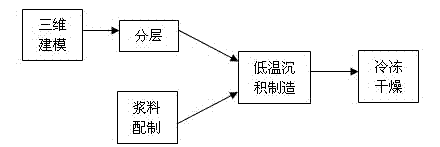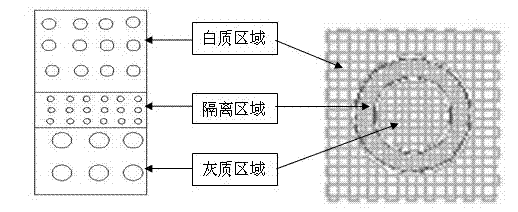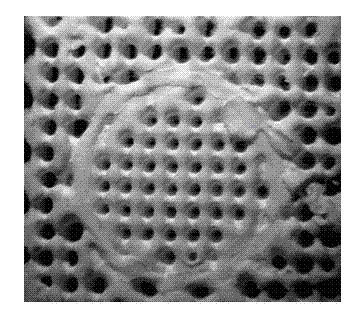Method for preparing spinal cord injury repair tissue engineering stent
A tissue engineering scaffold, spinal cord injury technology, applied in medical science, prosthesis and other directions, can solve the problem of not being able to make models, and achieve the effect of good mechanical properties and good connectivity
- Summary
- Abstract
- Description
- Claims
- Application Information
AI Technical Summary
Problems solved by technology
Method used
Image
Examples
Embodiment Construction
[0018] The present invention will be further described below in conjunction with the accompanying drawings.
[0019] 1) Using low-temperature forming technology, a three-dimensional structure of any shape can be manufactured according to the required mold shape. The specific steps are as follows (such as figure 1 ), with the help of 3D CAD software to directly design or use solid reverse engineering to collect the geometric shape and structure information of the spinal cord prototype, and obtain the 3D model of the spinal cord.
[0020] The three-dimensional model scaffold of the spinal cord is composed of three parts, including gray matter functional area, isolation area and white matter functional area, such as figure 2 As shown, the macroscopic pores of the gray matter functional area are smaller than those of the white matter functional area; the macroscopic pores of the isolation area are the smallest, mainly functioning as isolation, which can prevent the movement of ce...
PUM
 Login to View More
Login to View More Abstract
Description
Claims
Application Information
 Login to View More
Login to View More - R&D
- Intellectual Property
- Life Sciences
- Materials
- Tech Scout
- Unparalleled Data Quality
- Higher Quality Content
- 60% Fewer Hallucinations
Browse by: Latest US Patents, China's latest patents, Technical Efficacy Thesaurus, Application Domain, Technology Topic, Popular Technical Reports.
© 2025 PatSnap. All rights reserved.Legal|Privacy policy|Modern Slavery Act Transparency Statement|Sitemap|About US| Contact US: help@patsnap.com



